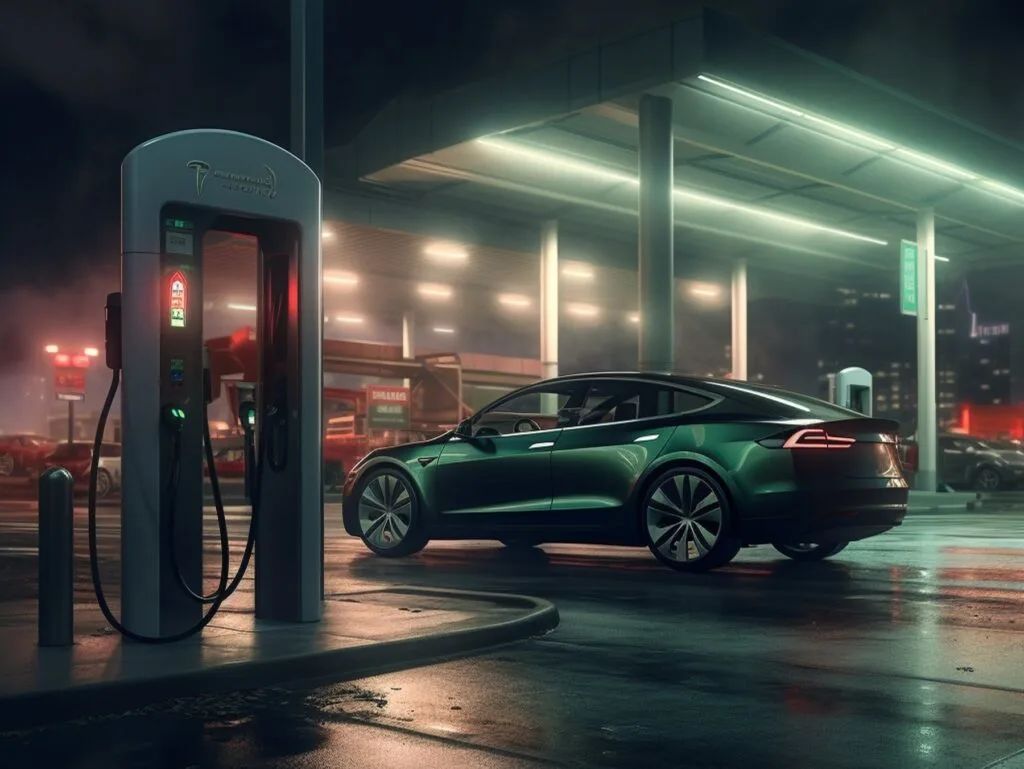Introduction:
As the world shifts towards sustainable transportation, electric vehicles (EVs) have gained significant popularity. With the increasing demand for EVs, it is essential to understand the supporting infrastructure that enables their smooth operation. One crucial component in this infrastructure is the Electric Vehicle Supply Equipment (EVSE). In this article, we will explore what EVSE is and specifically delve into the function and importance of O-rings and seals within the EVSE system.
What is Electric Vehicle Supply Equipment (EVSE)?
Electric Vehicle Supply Equipment, commonly known as EVSE, refers to the charging infrastructure that enables the transfer of electrical energy from a power source to an electric vehicle's battery. This equipment typically consists of a charging cable, a connector, and various control and safety mechanisms.

The Role of O-rings and Seals in EVSE:
O-rings and seals are integral components within the EVSE system. Let's examine their functions and importance in greater detail:
2.1 Creating a Fluid-Tight Seal:
O-rings and seals are responsible for creating a fluid-tight seal at various connection points within the EVSE system. These connection points include the interface between the charging cable and the connector, as well as any junctions within the power distribution system. By providing a secure seal, O-rings and seals prevent any leakage of electricity or coolant fluids, ensuring the safety and efficiency of the charging process.
2.2 Protecting Against Environmental Factors:
EVSE installations can be exposed to various environmental factors, such as dust, moisture, and extreme temperature conditions. O-rings and seals play a vital role in safeguarding the internal components of the EVSE system from these external elements. By forming a protective barrier, they prevent any detrimental impact on the functionality and longevity of the equipment.
Types of O-rings and Seals used in EVSE:
A wide range of O-rings and seals are used in EVSE systems, including:
3.1 Silicone Seals:
Silicone seals are particularly useful in EVSE systems due to their excellent resistance to temperature variations, UV radiation, and chemical exposure. These seals ensure longevity and reliability in diverse environmental conditions.
3.2 Fluorocarbon
O-ringsFluorocarbon O-rings are known for their exceptional resistance to high temperatures and various chemicals. They are commonly used in EVSE systems to maintain a reliable seal under extreme operating conditions.
3.3 EPDM Seals:
Ethylene Propylene Diene Monomer (EPDM) seals offer excellent heat and weather resistance, making them suitable for outdoor EVSE installations. These seals provide a reliable barrier against moisture and dust, ensuring the long-term performance of the charging infrastructure.
Maintenance and Replacement:
Just like any other component, O-rings and seals within the EVSE system require regular maintenance and periodic replacement. Proper inspection, cleaning, and lubrication of seals can help extend their lifespan and ensure optimal performance. Additionally, regular inspection helps identify signs of wear or damage, enabling prompt replacement to avoid any potential system failures.
Conclusion:
Electric Vehicle Supply Equipment (EVSE) is a critical component of the charging infrastructure for electric vehicles. O-rings and seals within the EVSE system play a crucial role in creating fluid-tight seals and protecting against environmental factors. Understanding the importance of these components allows for proper maintenance and replacement when necessary, ensuring the safe and efficient operation of EVSE installations.
